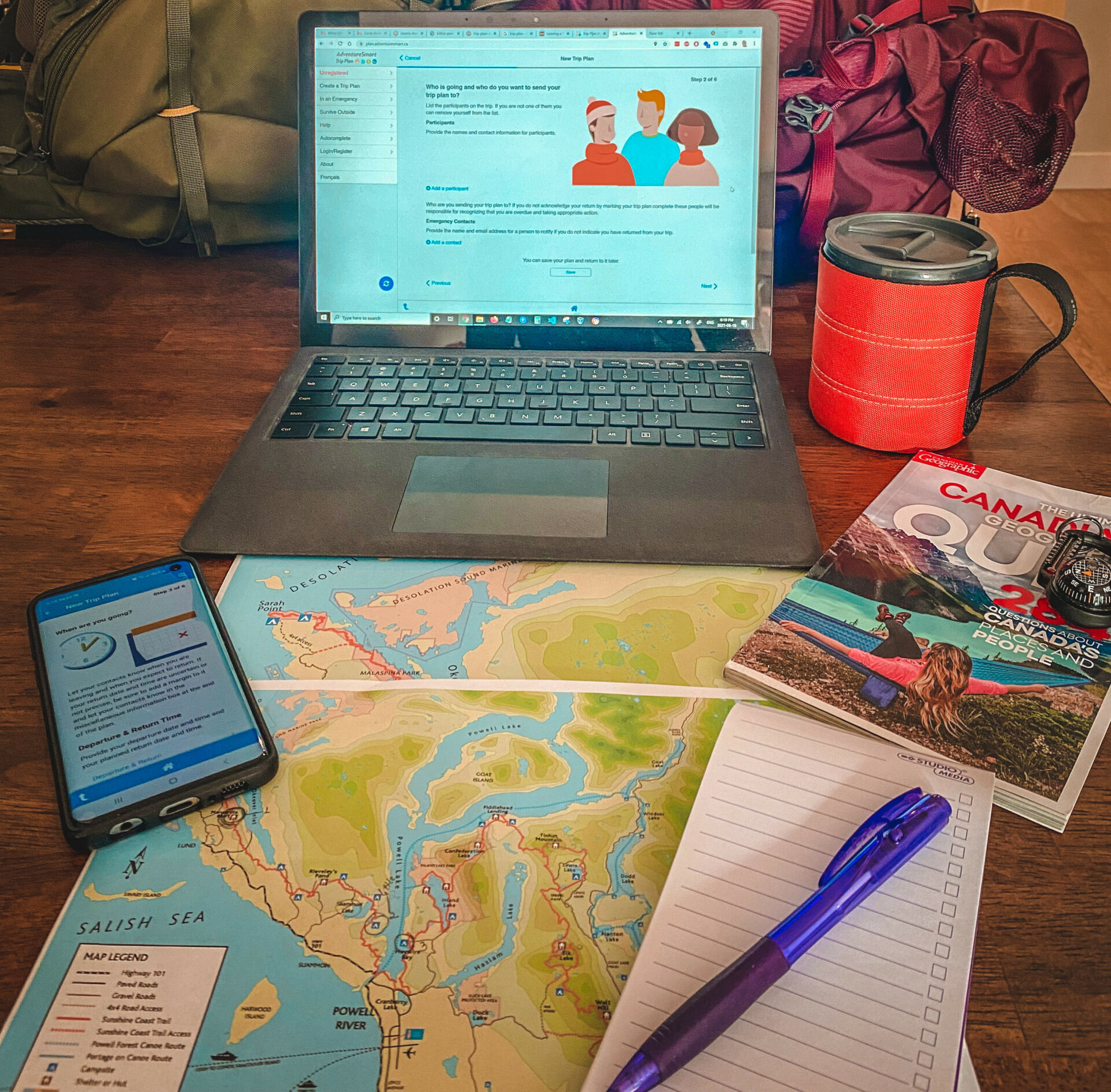
As outdoor enthusiasts, we all look forward to exploring nature, getting away from the hustle and bustle of daily life and enjoying some adventure. However, even the most experienced hikers and campers can encounter unexpected situations that can quickly turn an adventure into an emergency. That’s why it’s essential to have a trip plan in place before embarking on any outdoor adventure.
Perhaps the most well-known example of the importance of a trip plan is the true story of mountaineer Aron Ralston, who was forced to amputate his own arm to save his life after a rock slipped and pinned his hand against the walls of a canyon in Utah. If he had left a trip plan with someone close to him, he could have been rescued earlier, and his arm could have been saved.
What is a trip plan?
A trip plan is a detailed planning of your trip, including information on who is in your group, when you are leaving and returning, the purpose of your trip, where you are going, what equipment you are carrying and how you are getting there. Having a trip plan is crucial because it allows you to leave information with someone you trust, who can then take the necessary steps to seek help if you do not return on time.
What information should the trip plan contain?
The trip plan must answer six basic questions that will also be asked by the rescue team when starting searches in an emergency:
- WHO? Provide the names and a detailed description of who is in your group, what they will be wearing, everyone’s emergency contact, and any medical conditions or allergies.
- WHEN? It’s important to include departure and return dates. If you do not return at the specified time and day, it means that your emergency contact must take the initiative to seek help.
- WHY? Indicate the purpose of your trip, such as hiking, camping, climbing, skiing, or any other outdoor activity.
- WHERE? Provide the specific location of the area you are going to, including any relevant landmarks, trails, or campsites, as well as the route to reach your destination.
- WHAT? Include the equipment you are carrying that will help search and rescue teams know what to look for, such as the color and size of your backpack, clothing, or any other gear.
- HOW? Indicate how you are getting to the starting and ending point of your adventure, such as your own car, a specific parking location, a shuttle service, or any other means of transportation. Many searches start with the vehicle, so it’s essential to include this information.
But why is it important to make a trip plan?
No one expects to have problems hiking or camping, yet a change in weather, driving error, unexpected injury, equipment failure, or animal attack can quickly turn any adventure into an emergency. Having a trip plan in place ensures that someone knows where you are and when to expect you back, making it easier for search and rescue teams to locate you in case of an emergency.
What’s the best way to send your travel plan?
Creating a trip plan is relatively straightforward, and there are various ways to do it, from a simple handwritten note to using an app like AdventureSmart Trip Plan. AdventureSmart is a free app that allows you to create trip plans and send them to your emergency contacts. The app is easy to use and provides a clear and concise way to organize all the information needed in a trip plan.
AdventureSmart Trip Plan: Free app to create and send your trip plan
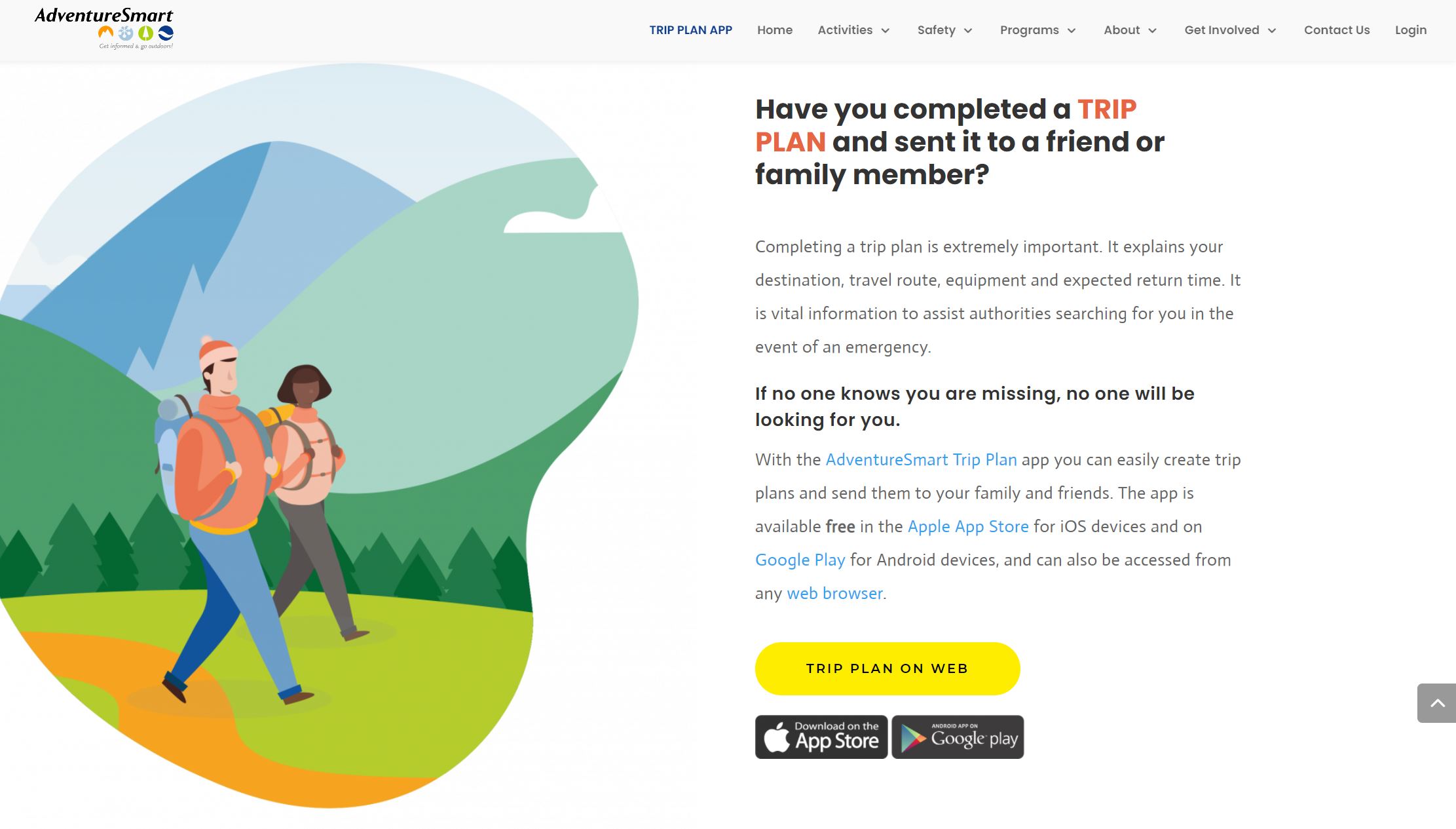
there’s a free app called AdventureSmart Trip Plan that makes creating a trip plan quick and easy. Adventure Smart is Canada’s national program focused on reaching outdoor Canadians and visitors with the goal of preventing and reducing accidents, searches and rescues. The AdventureSmart Trip Plan app is available for free on the App Store for iOS devices and Google Play for Android devices and can also be accessed directly from your computer with no download required.
Step-by-Step to create your trip plan using AdventureSmart
Creating your trip plan in AdventureSmart is super easy, with just six simple steps to fill in and send your plan:
- First, give your travel plan a title
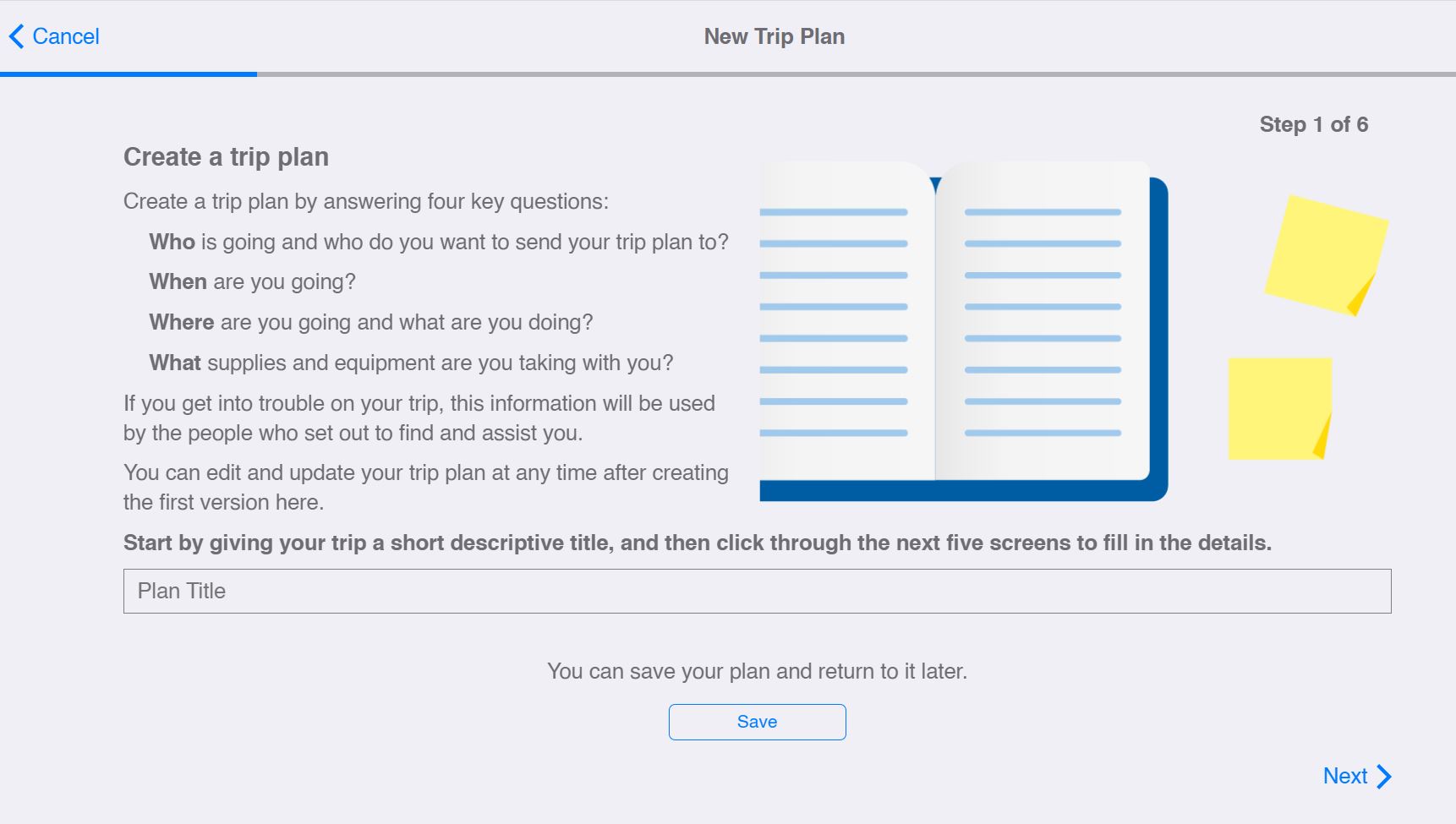
- Second, add contact information for the people in your group, including phone numbers or email addresses.

- Third, select the departure and return date and time. If you don’t return at your scheduled time, the app will automatically notify the person you’ve designated as your emergency contact via email or text message.

- Fourth, state where you are going, including any relevant landmarks, trails, or campsites, as well as the route to reach your destination.

- Fifth, mark the equipment you are taking, including the color and size of your backpack, clothing, or any other gear.

- Lastly, enter any additional information, save, send, or activate the trip plan.

But what happens if something goes wrong and you don’t return on the specified date?
In this case, your emergency contacts will be notified that you have not returned. The app provides a list of suggestions on what to do, including contacting the group to confirm they are okay, trying to contact the other emergency contacts, and contacting local authorities if necessary. The message also lists all the trip plan information, including destination, times, group members, and type of activity, making it easier for search and rescue teams to locate you in case of an emergency.
Your life can be saved by a trip plan
No matter how professional or incredibly fit you are, an accident or emergency can happen to anyone at anytime.
It happened to Aron Ralston when a loose rock pinned his right hand against the walls of a canyon. He was stuck there for five days before finally amputating his own arm to free himself. Had he left a trip plan with someone before his hike, his emergency contact could have taken the initiative to seek help when he didn’t return at the specified time and day, potentially preventing his amputation and worsening the situation. Circumstances equally or worse happen and will happen to many others.
It’s important to note that electronic equipment alone cannot always be relied upon outdoors. Weather conditions can change rapidly, accidents can happen, and equipment can fail. That’s why a trip plan is so valuable – it provides search and rescue teams with vital information that can help them locate you in case of an emergency.
Thanks to the AdventureSmart Trip Plan app, creating a trip plan is easier. The free app can be easily downloaded on your smartphone or accessed through your computer. The user-friendly app guides you through a six-step process to create and send your trip plan.
So, before you head out on your next outdoor adventure, take the time to create a trip plan and leave it with someone you trust. By doing so, you’re taking an important step towards ensuring your safety and potentially saving your life. And don’t forget to share your trip plan creation method with us in the comments below.
Happy adventures & be safe!

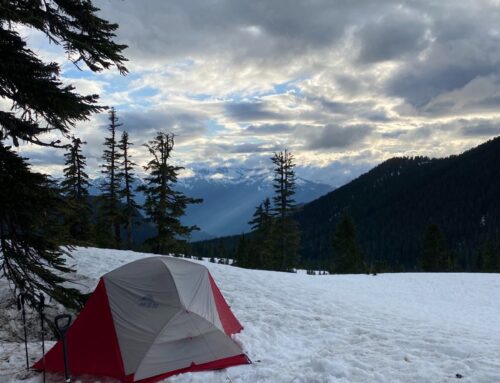

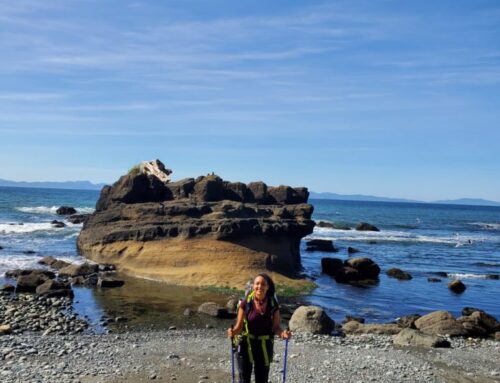
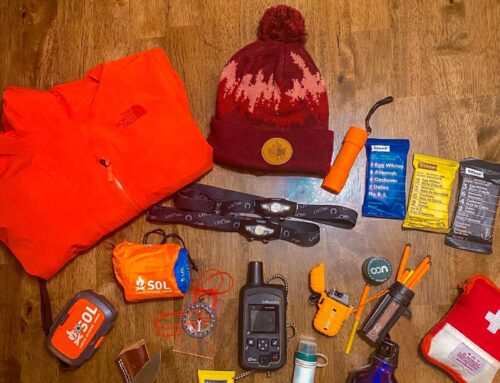
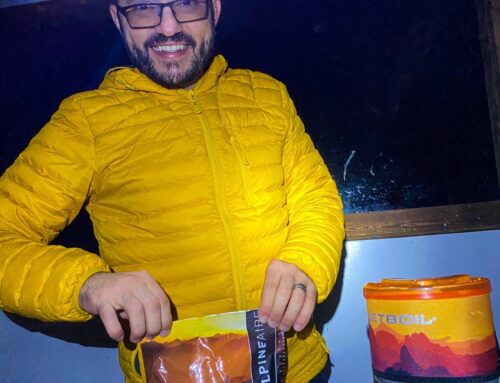
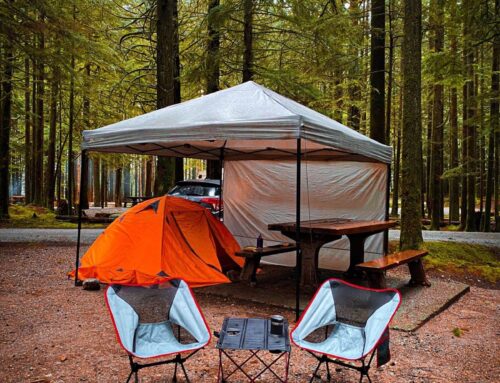
Leave A Comment